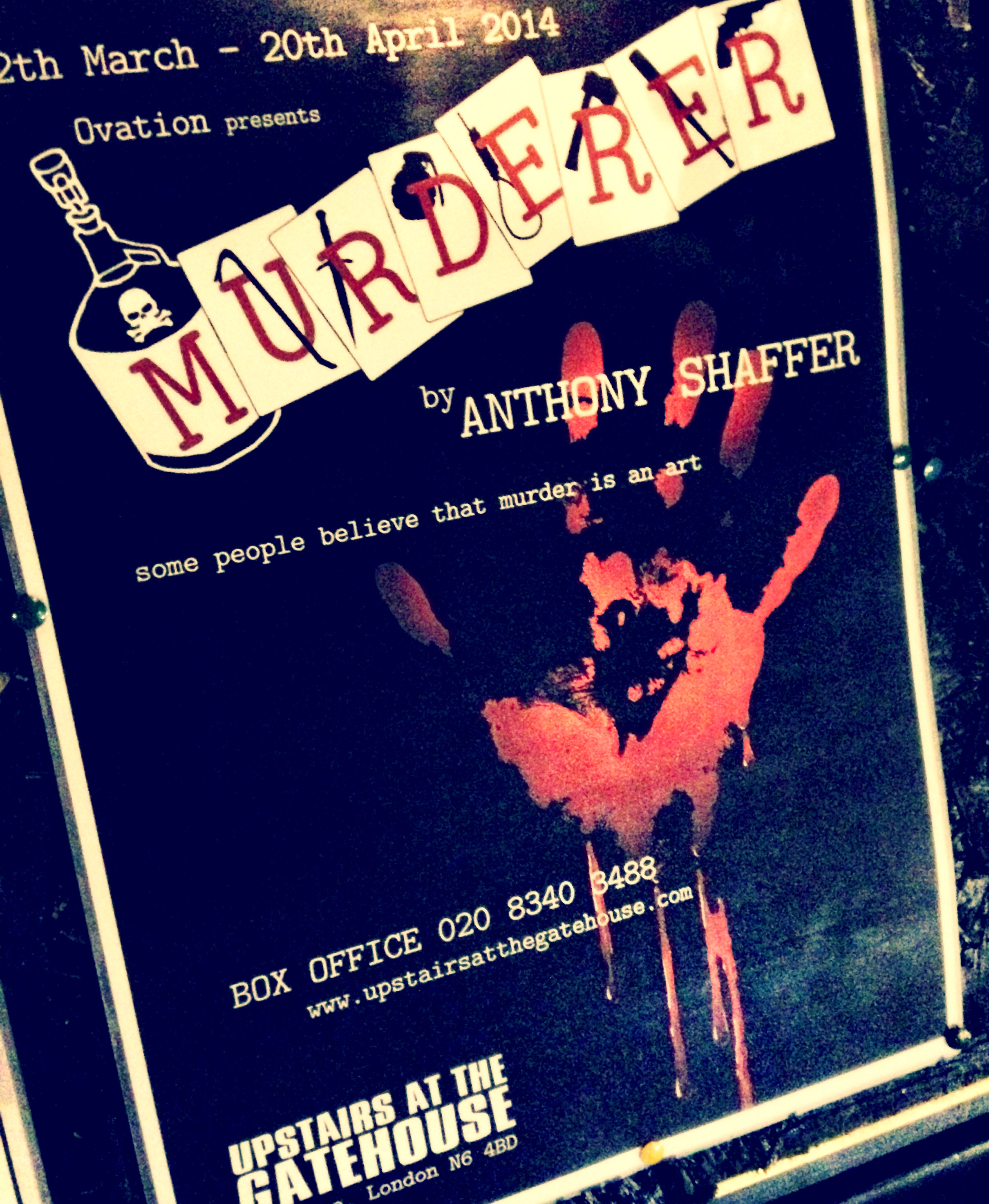
How to Create the Sound of Murder Without Actually Killing Anyone
 I love working as a sound designer in fringe theatre. It’s underfunded, often underpaid and over-looked, and it can also reveal unexpected and rewarding creative challenges. (more…)
I love working as a sound designer in fringe theatre. It’s underfunded, often underpaid and over-looked, and it can also reveal unexpected and rewarding creative challenges. (more…)

 I love working as a sound designer in fringe theatre. It’s underfunded, often underpaid and over-looked, and it can also reveal unexpected and rewarding creative challenges. (more…)
I love working as a sound designer in fringe theatre. It’s underfunded, often underpaid and over-looked, and it can also reveal unexpected and rewarding creative challenges. (more…)
By: Gil Eva Craig
You can divide sound for theater into three main areas:
Sound Design:
The Sound Designer creates the soundtrack for the dramatic work.
This covers music, sound effects (either sourced from libraries or recorded) and atmospheres (again, either out-sourced or recorded), and any sound generating props.
Sound System Design:
The Sound System Designer often works with the existing installed sound system, supplementing and re-rigging to suit the space and the stage formation, and budget. If the space is empty the Sound System Designer builds the system from the ground up.
The sound system design can also include any onstage reinforcement of both voice and musical instruments, onstage monitoring, additional speakers placed in the set or other areas, as part of the design, and off stage monitoring for stage management.
Operational Design:
The Sound Operator programs the playback system, configures computers and sound cards as required, and any digital console programming. They are also responsible for creating backups, writing the sound rider, the cue list, and a script with the cues marked. Sometimes the Operational Designer will design AND operate and sometimes they will hand over the show to an operator who on small shows may be running both sound and lights. On larger, more complex shows there will be a dedicated sound operator.
Depending on the size of the show one person may cover multiple jobs. For instance; On small theater shows the Sound Designer will end up also doing the System Design and the Operator may end up running both sound and lights.
For more information on Sound for Theater see “Intro to – Sound Design for Theatre” By: Gil Eva Craig
By: Gil Eva Craig
In light of the recent news that the Tony’s are planning on doing away with the sound design section of the awards, I thought I’d write a series of articles on sound design for theatre. This first installment is a general overview of what’s involved in designing sound for theatre, and a look at the differences between sound design for theatre and sound design for film and television. (more…)
Act 1 Sitzprobe totally…happened. And we all survived. Everything is relative, I’m filing that under “good news”.
And relativity is key when you have 16 mic’d actors on stage, who are getting their first chance to sing with the band, and the band, who are getting their first chance to play with each other, AND along with singers in a smaller-than-they-expected pit, and a new system getting its first chance to pump out all of it, and an operator/designer who is figuring out just how little all of her script notes mean at this point! It is key because unless I remember that all of this is part of the PROCESS, it can all get overwhelming really quickly. And an overwhelmed mind lacks three things needed to make the process fruitful – reason, sanity, and focus. So my tech mantra for Rent is…REASON. SANITY. FOCUS. (more…)
Loading in Rent
By: Kerrie Mondy originally posted 2/15/14Today my rental guy and I did the lion’s share of my load-in for a small company I work fors production of “Rent”. The theater is a quirky little space. It’s a 200 seat venue with a steep seating rake and a flat, sort of triangular stage floor that’s maybe 30 feet at its widest point. The whole thing is brown and green. No wing space, squeaky stairs, plenty of insect inhabitants, and no exit to the bathroom for patrons during the show except to walk across the front of the stage! But it’s got a few things that make my job great (more…)